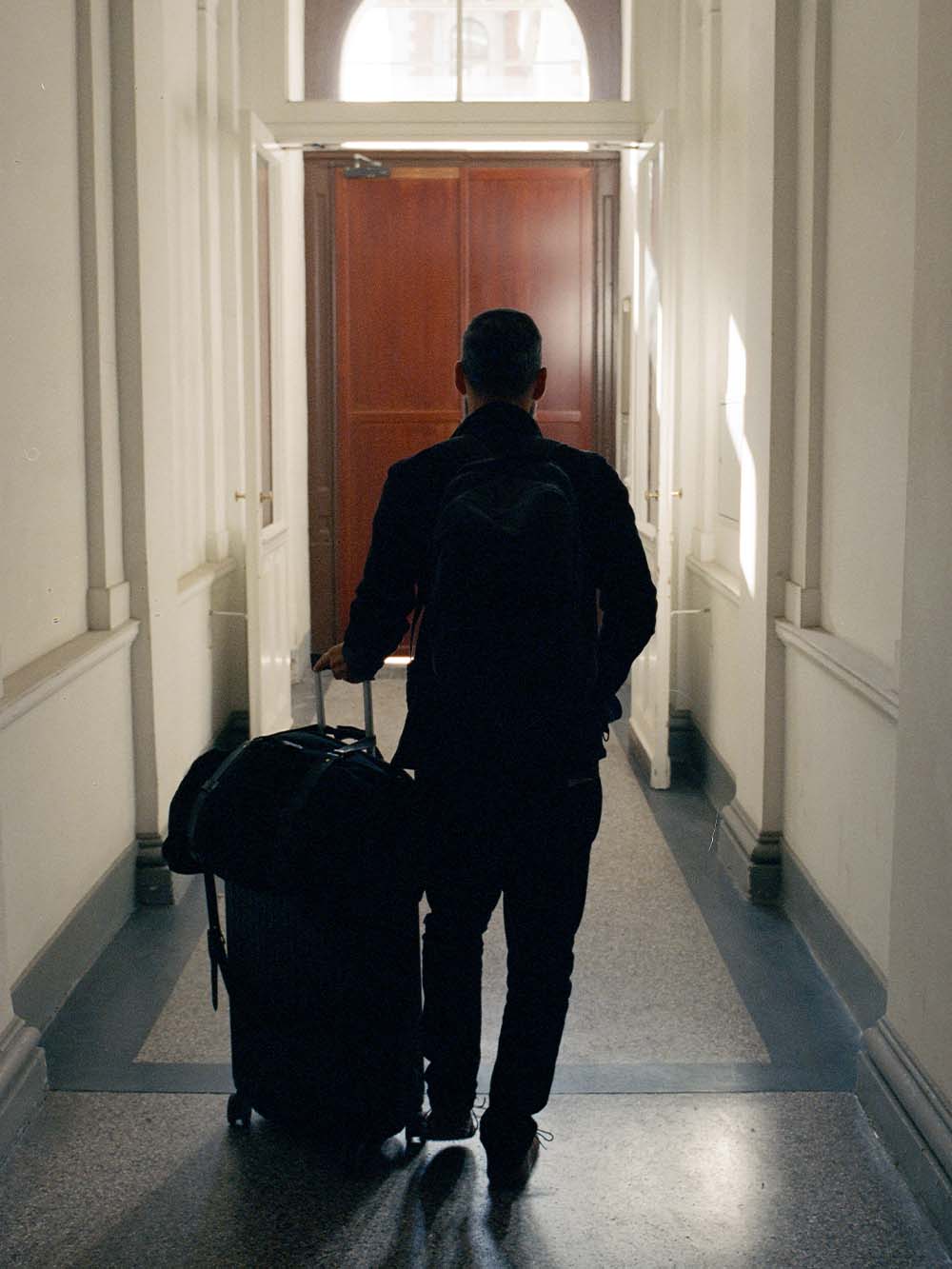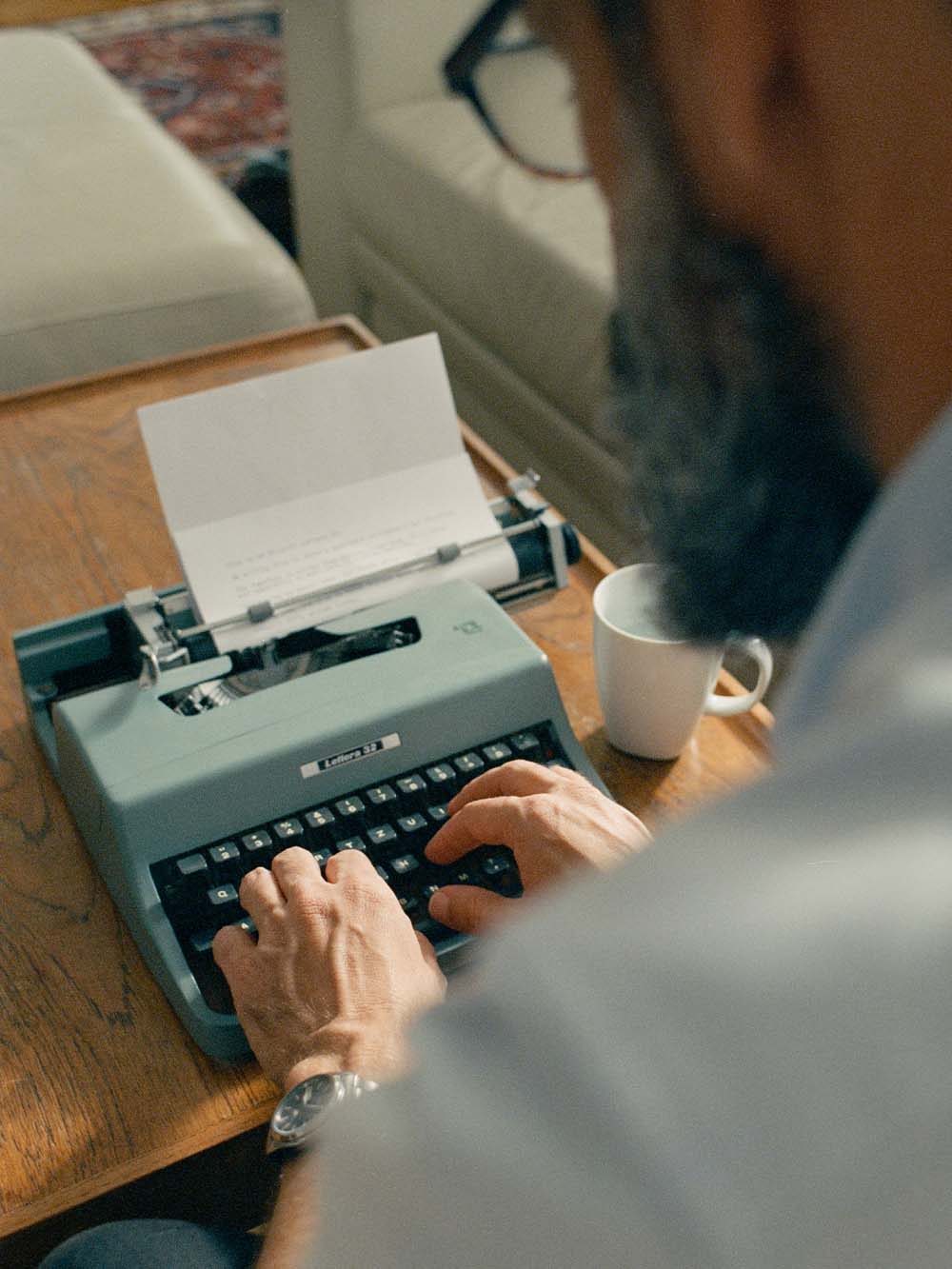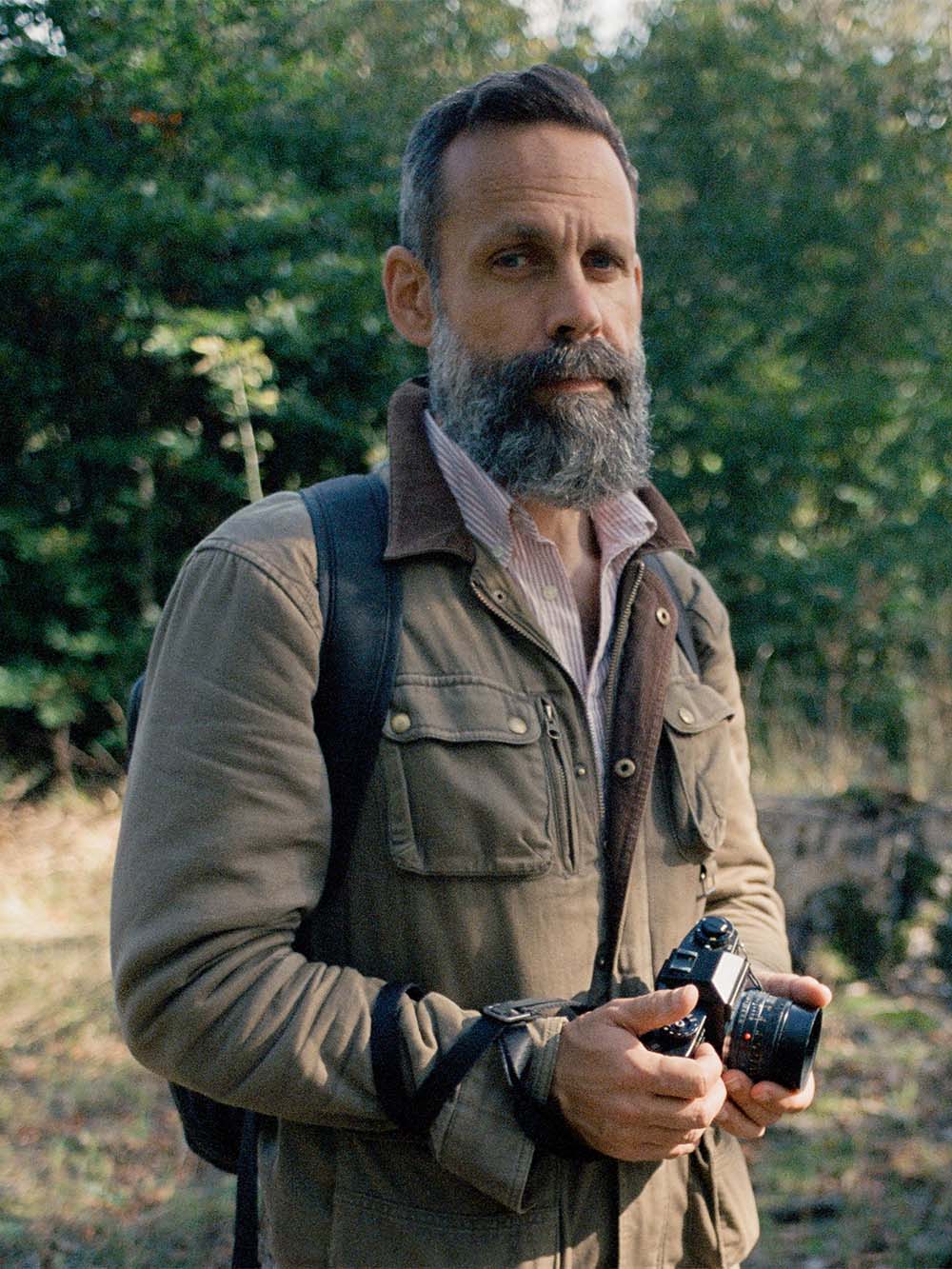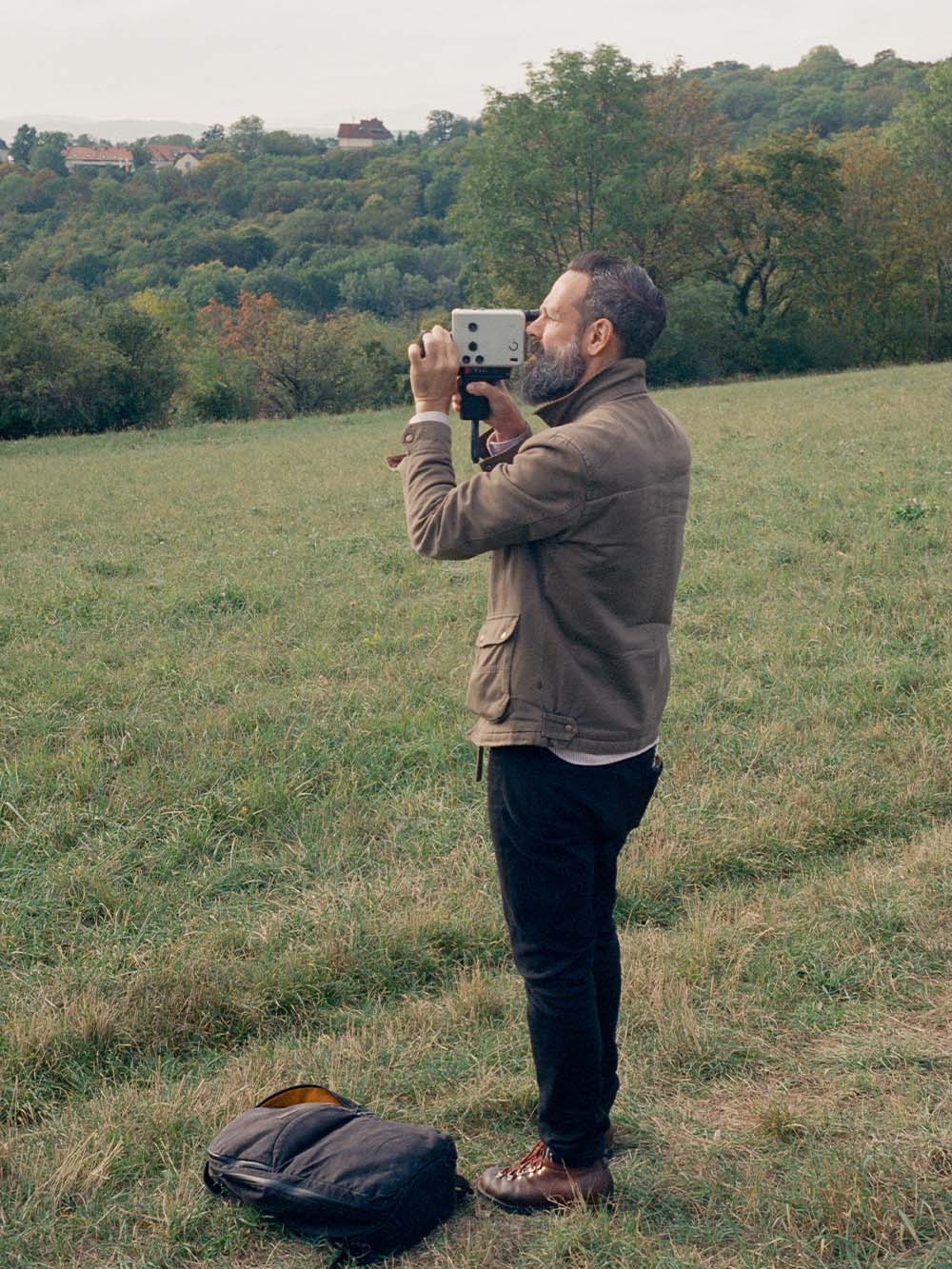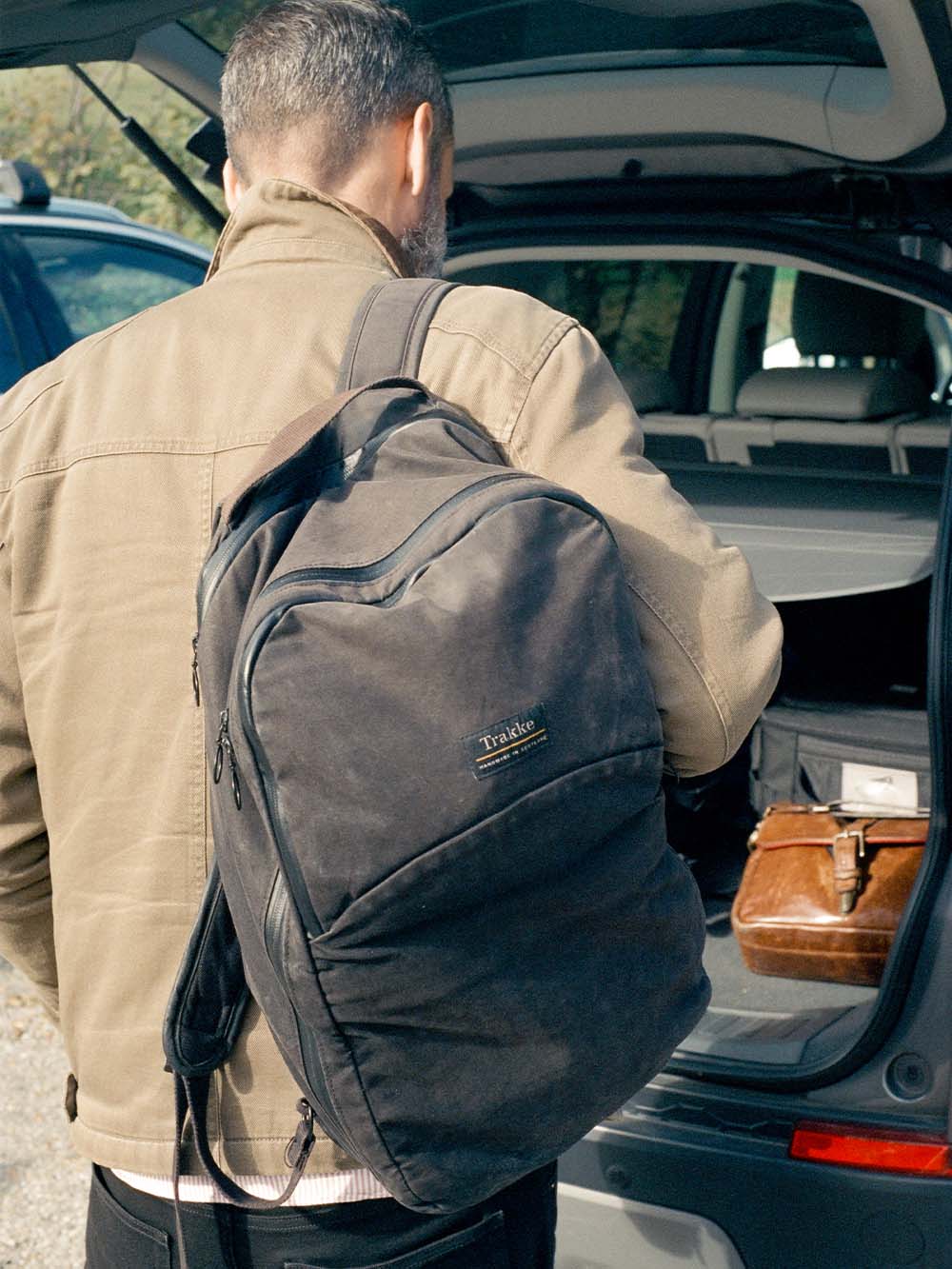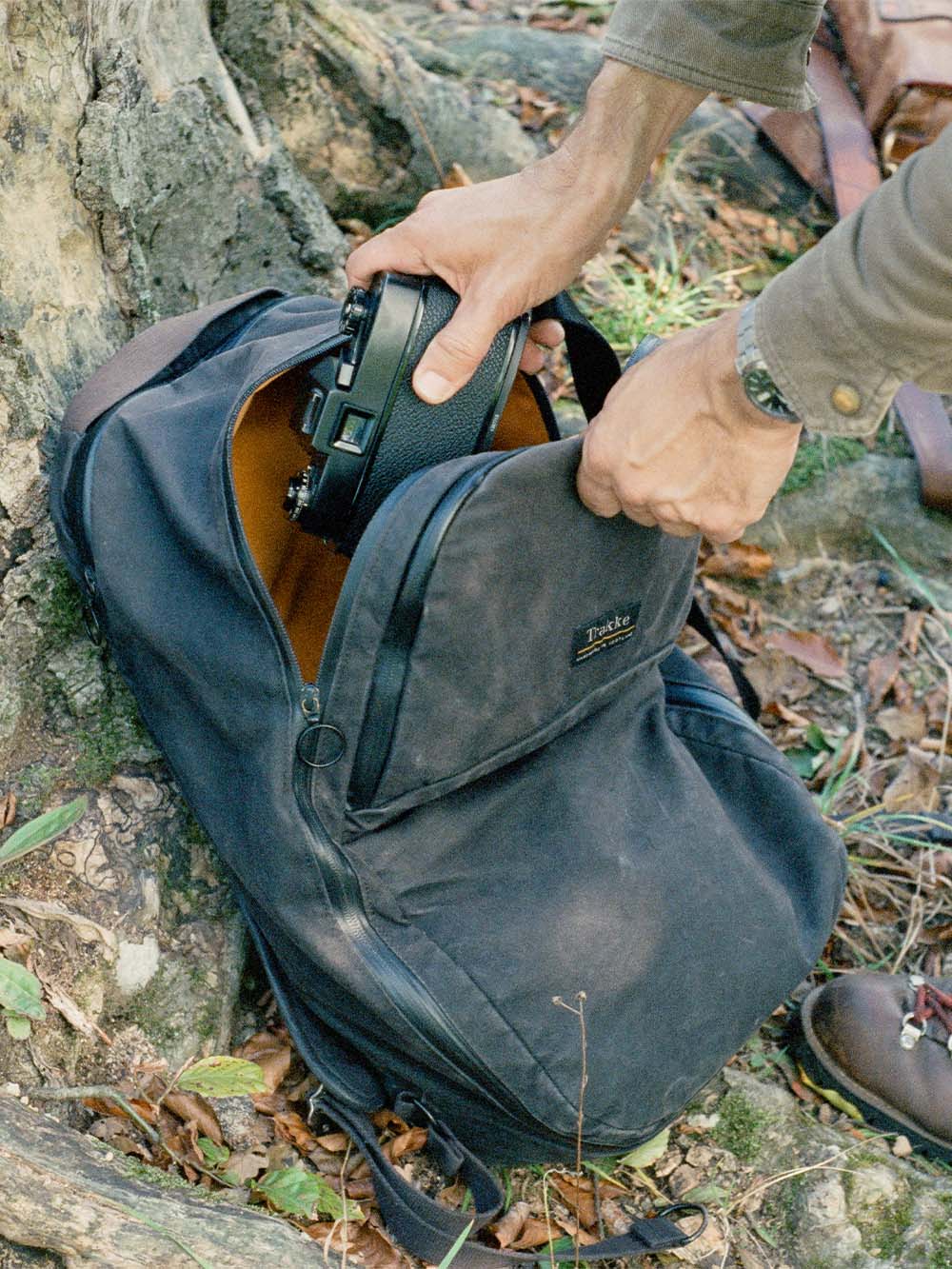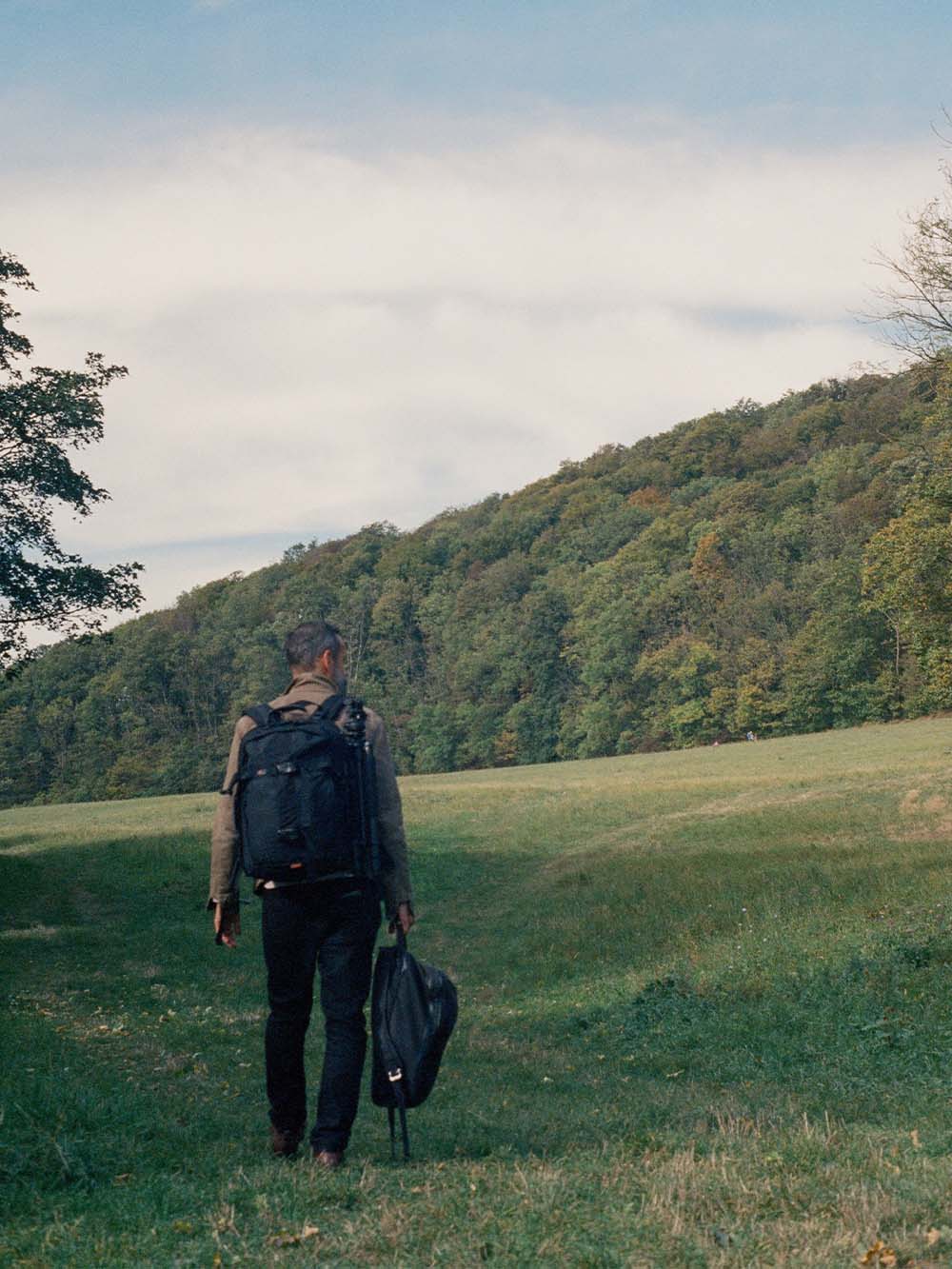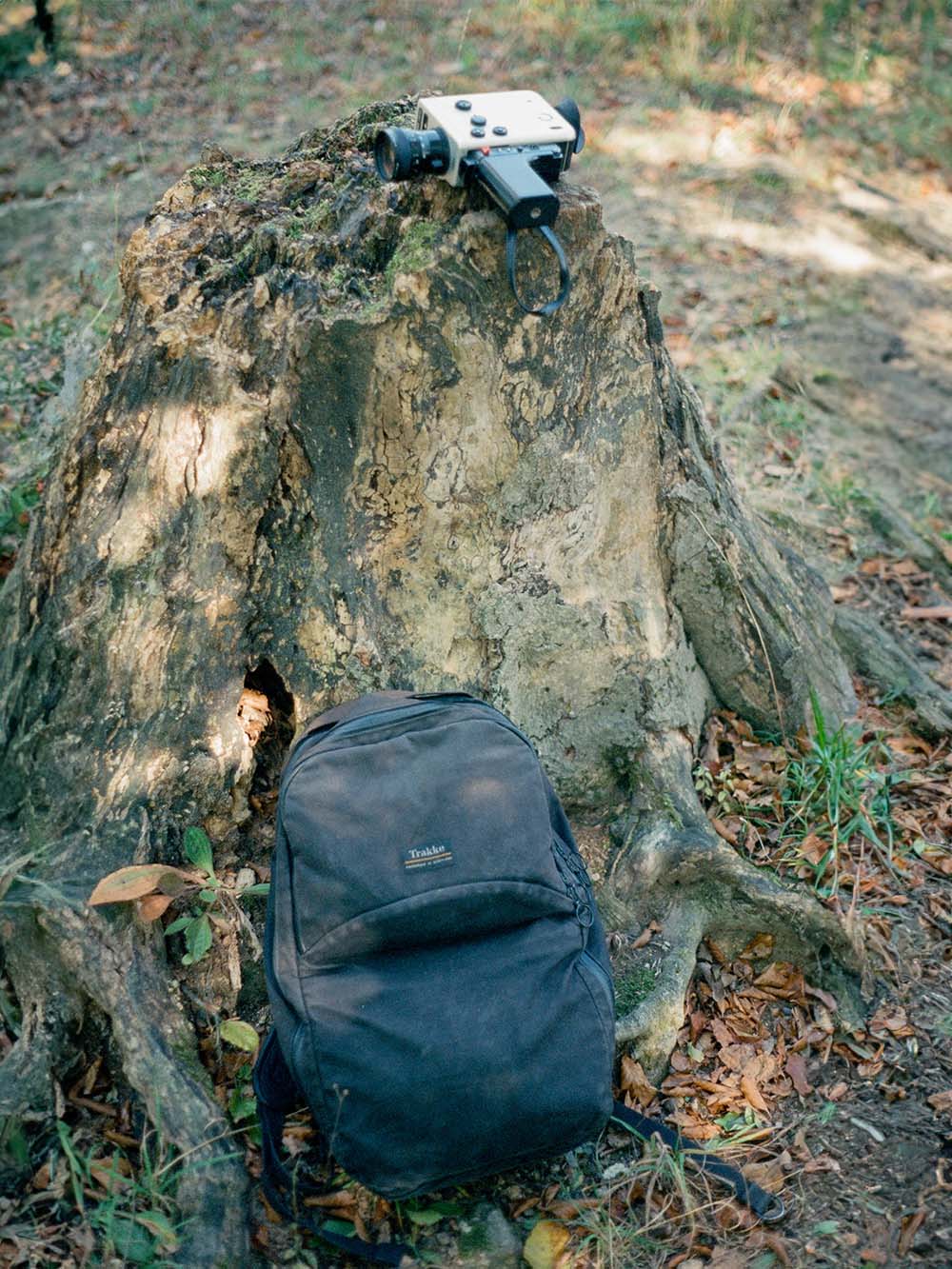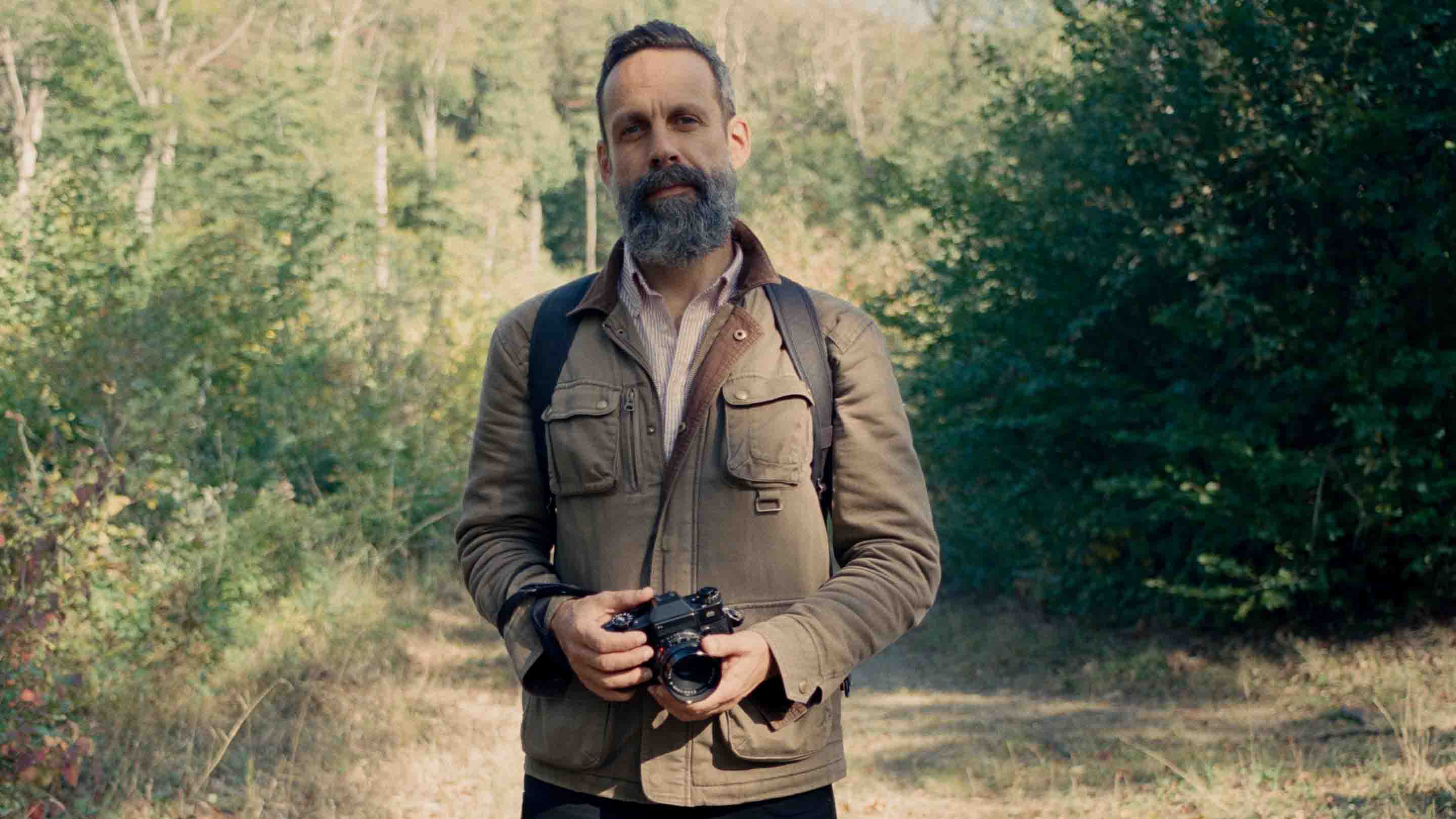
DAN RUBIN
CUSTOMER STORIES PROJECT
We interviewed Dan in a cafe in his hometown, Fort Lauderdale, just north of Miami, Florida.
Tell us about yourself. Where do you live, what do you do?
My name is Dan Rubin. I'm a photographer, designer, and creative director based in the UK.
For the last few years however, I've been fully nomadic. I've lived between AirBnBs in different cities and countries. I'd move to where I wanted or needed to be for projects, or to spend time with family, visit friends, or just explore somewhere new to get into a different frame of mind or for the potential of creating a story in the future.
It's given me a lot of flexibility to be in one place for a while, or bounce between lots of different places; it was quite freeing in a lot of ways. I kept everything in storage except for what I needed while on the go.
So that's my short version of where I live. The slightly extended version is that I've been based in the UK for just over 10 years.
What are you passionate about and what keeps you motivated?
I'm passionate about solving problems through creativity. I love making things. I love inventing. I love telling stories.
I love finding situations where I'm uniquely suited to help, whether for an individual or an organisation. I'm passionate about trying to help people do better at whatever they're already doing.
When I discover a brand that I love, I feel drawn to work with them and find ways to help tell their story. I decided about 10 years ago to change the way I approached creative work, around the same time that I moved across the Atlantic and started doing photographic work commercially.
I've always believed in making the world a better place through design. Everything that we use, wear, and touch that has been made by another human has been designed. So aside from the natural world, our entire environment has been designed and that means that we have a chance — and a choice — to make it better every single day.
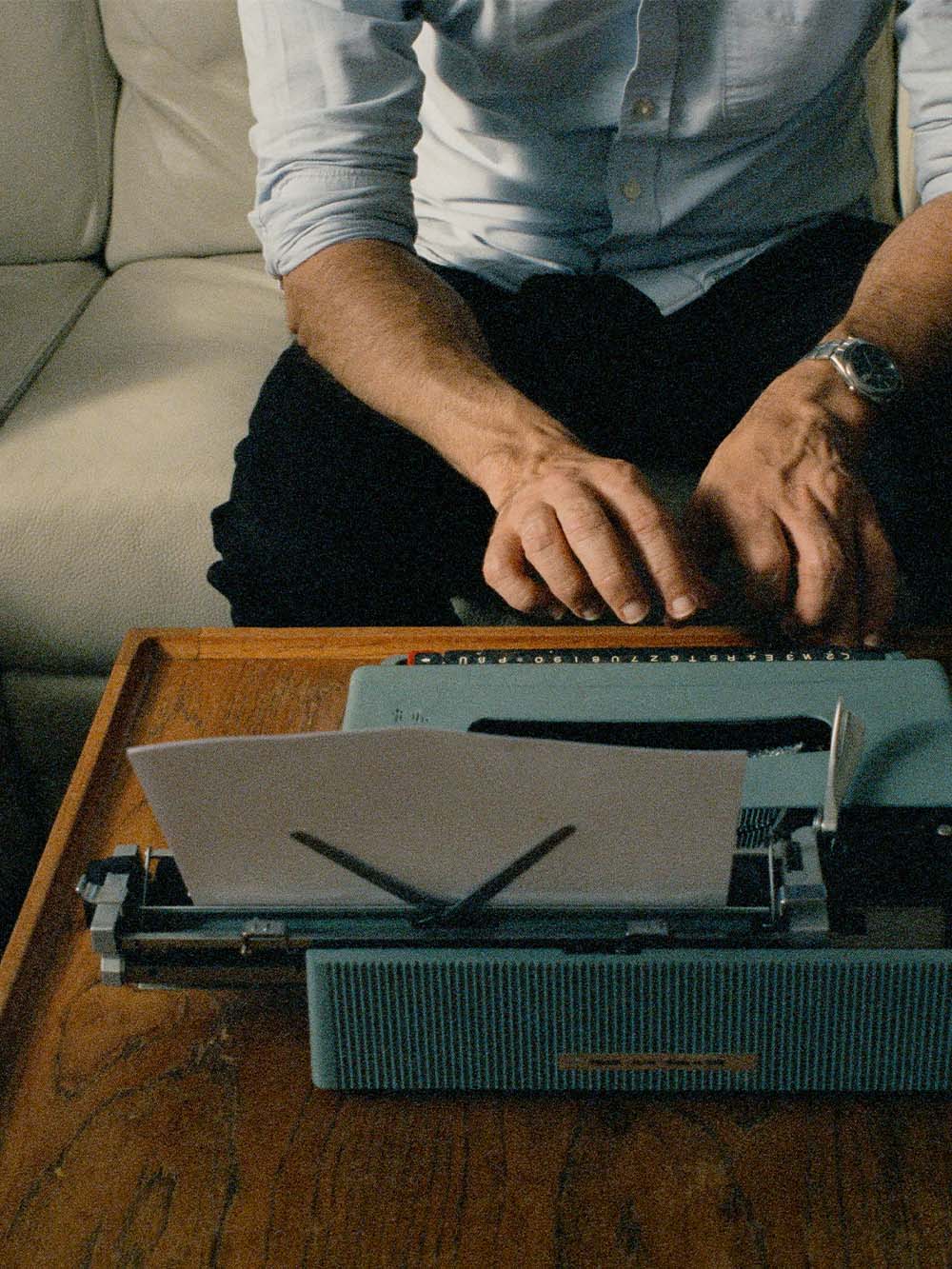
So what keeps me motivated is that even when times are tough, even when things ground to a halt during the pandemic, even when work is thin on the ground — what keeps me going throughout all of those times, good or bad, is that all of it is my choice. That can be incredibly scary sometimes, especially when you've got no work booked in. Sometimes you can have too much happening at once and it's scary in a different way.
I know that I can choose to adjust the kind of work I do or the projects I work on, the type of problems I'm getting to solve, and that if I choose wisely, then I'm making an impact. If I choose well, I'm making other people's lives better, not just my own.
Knowing that I can actually make a difference and that it's up to me to find ways to make that happen, that keeps me going no matter what.
How did you first find out about Trakke and how did your first bag enter your life?
I first heard about Trakke from my friend Mark Shayler. He had talked about Trakke on Instagram and mentioned how good the company was at creating sustainable products with a small carbon footprint. So I immediately wanted to know more.
Trakke is based in Glasgow, and at the time I was spending a lot of time in Scotland. Mark introduced me to the founder, Alec, and soon after I stopped by the Trakke headquarters. Alec gave me a tour of the workshop and we had a great conversation about the company's history and ethos.
They were releasing a new waxed canvas backpack that week and I was able to take the bag out to test as I was headed up to Dalwhinnie to bag my first Munro the following day.
I also bought one of their lovely limited-edition raincoats on the spot. The following week, I placed an order for a carabiner keychain and a linen towel — all of which have been with me everywhere since.
The next day I took a train from Edinburgh up to the Cairngorms, and went out for a full day hike with the new backpack and the raincoat. It was a very, very rainy hike. So the backpack and the raincoat got a great test and both were brilliant.
That hike will always be part of the story of how I discovered Trakke — a distinctly Scottish story, exposing the products to the elements.
What Trakke bags do you have and how do they fit into your life?
I have a lot of bags. A bag collection, really — lots of backpacks, some duffles, and a handful of briefcases. Almost all the backpacks are the result of researching camera bags over the last decade. I keep trying to find one that balances quality, features, and comfort with looks. I've come close but still haven't found the right one.
In that way, my Trakke 20L Hoy (the older version) is near-perfect as a non-camera bag. It has a laptop sleeve, a streamlined design and a clamshell opening so the main zipper allows you to open the main compartment completely for easy access.
My Trakke backpack comes everywhere with me because it's what I want to use when I've unpacked at my Airbnb or hotel. It's the perfect size and weight, and can even hold my portable office when needed. I have a portable 16-inch second display that fits in the main compartment along with my external drives, cables, chargers, sketchbooks, and maybe a camera or two. It fits so much for its size, it's turned into a bag that I have come to rely on for two years now. Trakke also offers repairs for life, which means I never have to think about a replacement.
What's important to you when it comes to adding something like a bag or other item into your everyday routine?
As a designer, I'm critical of the products I let into my life. Everything we own is a choice. Sometimes we're constrained by time, availability, budget. Most of what we own, we don't need as urgently as we might feel when we make a purchase.
When you buy a good, high-quality product and you take care of it, you own something that will last years. I prefer that approach to adding anything to my life. The cost of ownership over time is drastically less, and the enjoyment over time is greater too. So the requirements when I add anything to my everyday routine are the quality of the materials, craftsmanship, the thought process that goes into it and the intent behind it.
Tell us something you're looking forward to in the year ahead or something you're working on that you'd like people to know about?
Well, I'm looking forward to a lot of things. 2024 is already very exciting. I'm running a 12-day photo tour in Tanzania in late Spring/early Summer. The idea is that eight people can come with me to experience Tanzania for the first time, so that I can share how I approach travel. There's a lot of variety planned into the itinerary in those 12 days, from Dar es Salaam to the Serengeti — a nice snapshot of northern Tanzania.
I'll also be staying in Tanzania after the tour to do some personal and nonprofit work, and to run some free workshops for one of the universities in Dar es Salaam. It's a brand new addition to the types of events I host, and I'm excited to see who comes along and learn from it for future events.
I'm also starting more filmmaking/directing projects. I'm making a documentary that was supposed to start filming in 2020, so I'm now fundraising again with the goal of starting filming this Summer.
The documentary focuses on creatives who live and work in the Arctic Circle. It's a very specific topic and subject matter, examining how people deal with the extremes of light and dark when they live in a place that experiences the Midnight Sun, where the sun doesn't set for months at a time, and Polar Night, where the sun doesn't rise for six to eight weeks in the middle of the winter.
I'm fascinated by those extremes as someone who grew up in the tropics and still struggles with seasonal affective disorder living this far north, because even London is further north than the entire continental United States. So dealing with the changes of light and dark throughout the year has been a challenge for me and something that I'm still learning how to manage 10 years later.
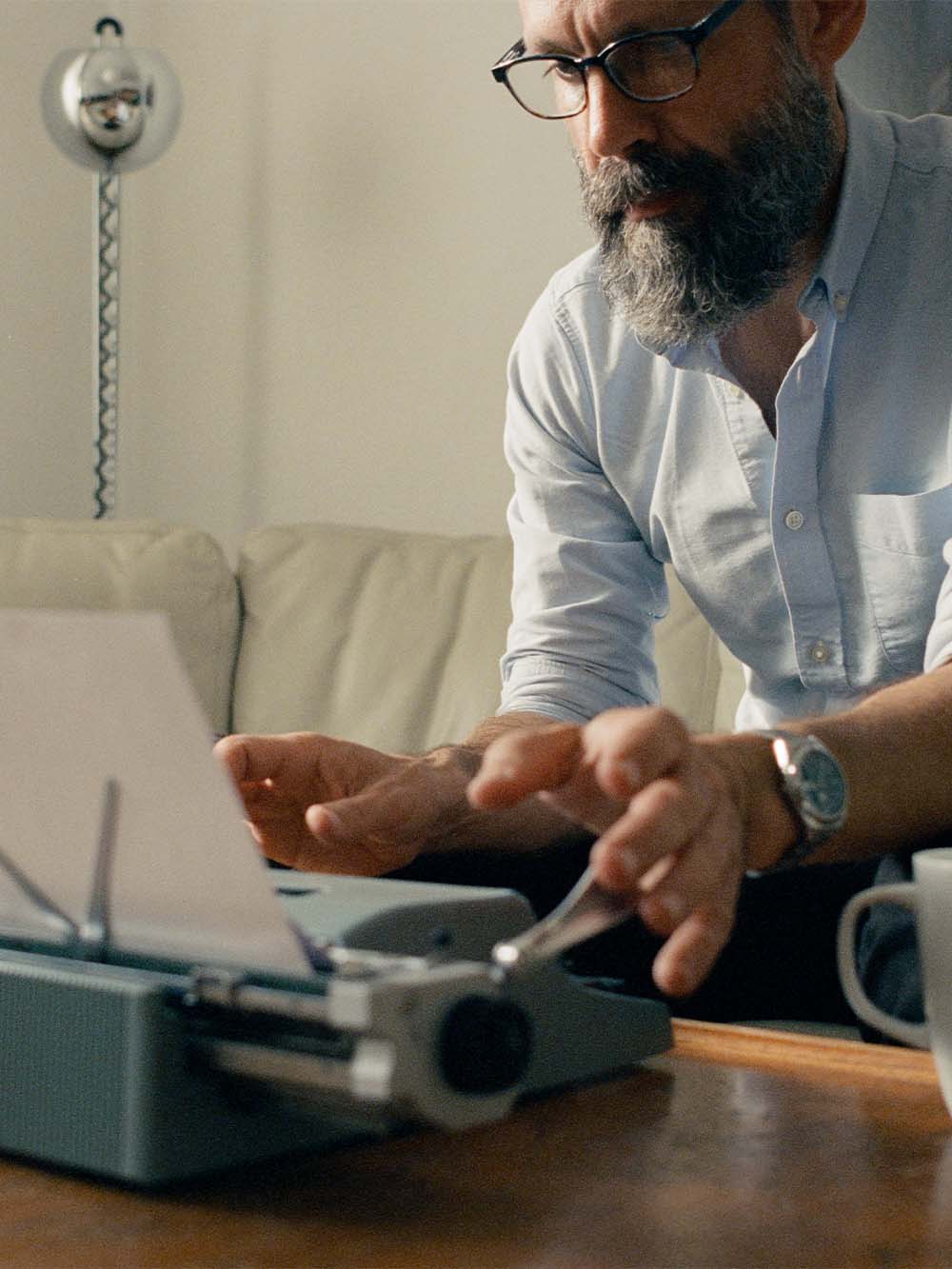
I'll interview and photograph people who live and work in the Arctic Circle: natives of the region and expats who have relocated; artists of all ages, backgrounds, and styles; musicians, poets, writers, painters, photographers, and filmmakers. I'll also publish a book and exhibition of portraits and other photos captured during the project. Getting this project back on track after the pandemic is very exciting.
I'm also continuing my series of educational projects, running more workshops on design and photography, including a series of workshops with Leica Cameras in different countries, and producing more online courses — essentially trying to teach as often as I can.
Lastly, I'm working on a series of personal fine art projects which will be showcased in a series of exhibitions and books. The goal is to put on the first exhibition sometime later this year, with a book released at the same time. Fine art is a new direction for me, it's very different to the client work which has been my focus for nearly 30 years. I have a dozen fine art projects that would make amazing books, and I can see them very clearly in my head — I just need to dedicate time to them.
So this coming year and beyond is about reprogramming how I prioritise my schedule in order to give myself time to work on these projects, so I can continue bringing my own ideas to life.


